This giant tusk is exceptionally well preserved, and according to paleontologists, it belongs to a species of straight-tusked elephant found near Kibbutz Revadim in southern Israel. The specimen is about 2.5 meters long and is at least 500,000 years old.
Dr Lee Perry-Gal, a paleontologist at the Israel Antiquities Authority (IAA), said: “The tusk belongs to a straight-tusked elephant, an ancient animal that has only recently been discovered by modern humans. at a certain archaeological site”.
“This species appeared in the area of Israel about 800,000 years ago, and became extinct about 400,000 years ago. This is an ancient elephant species with a giant body, they are even larger than today’s African elephants.”
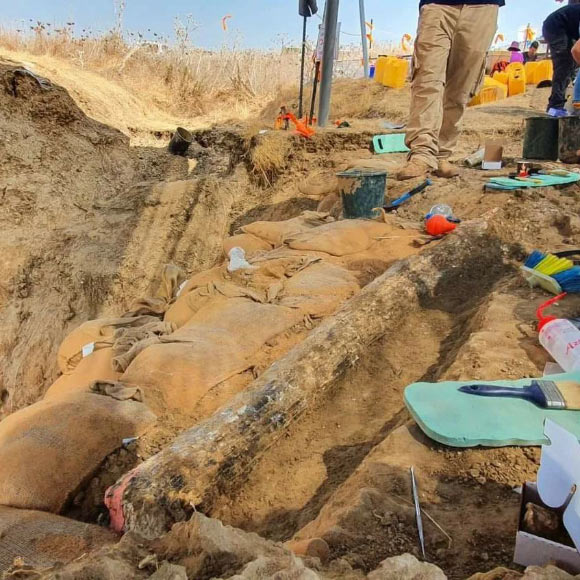
Professor Israel Hershkovitz, a researcher with the Dan David Center for Evolution and the History of Biology at Tel Aviv University, said: “The fossil tusk is extremely fragile and is likely to disintegrate upon contact. with air, sunlight and human contact.
“From our previous archaeological excavations at Revadim, we know that the site was settled by humans during the Paleolithic period, because of the stone and flint tools, as well as the bones animals, remains – including elephants – have been found in this area, dating back half a million years ago,” said IAA archaeologist Dr. Avi Levy.
It is the largest complete fossil tusk ever found at a prehistoric site in Israel or the Near East.
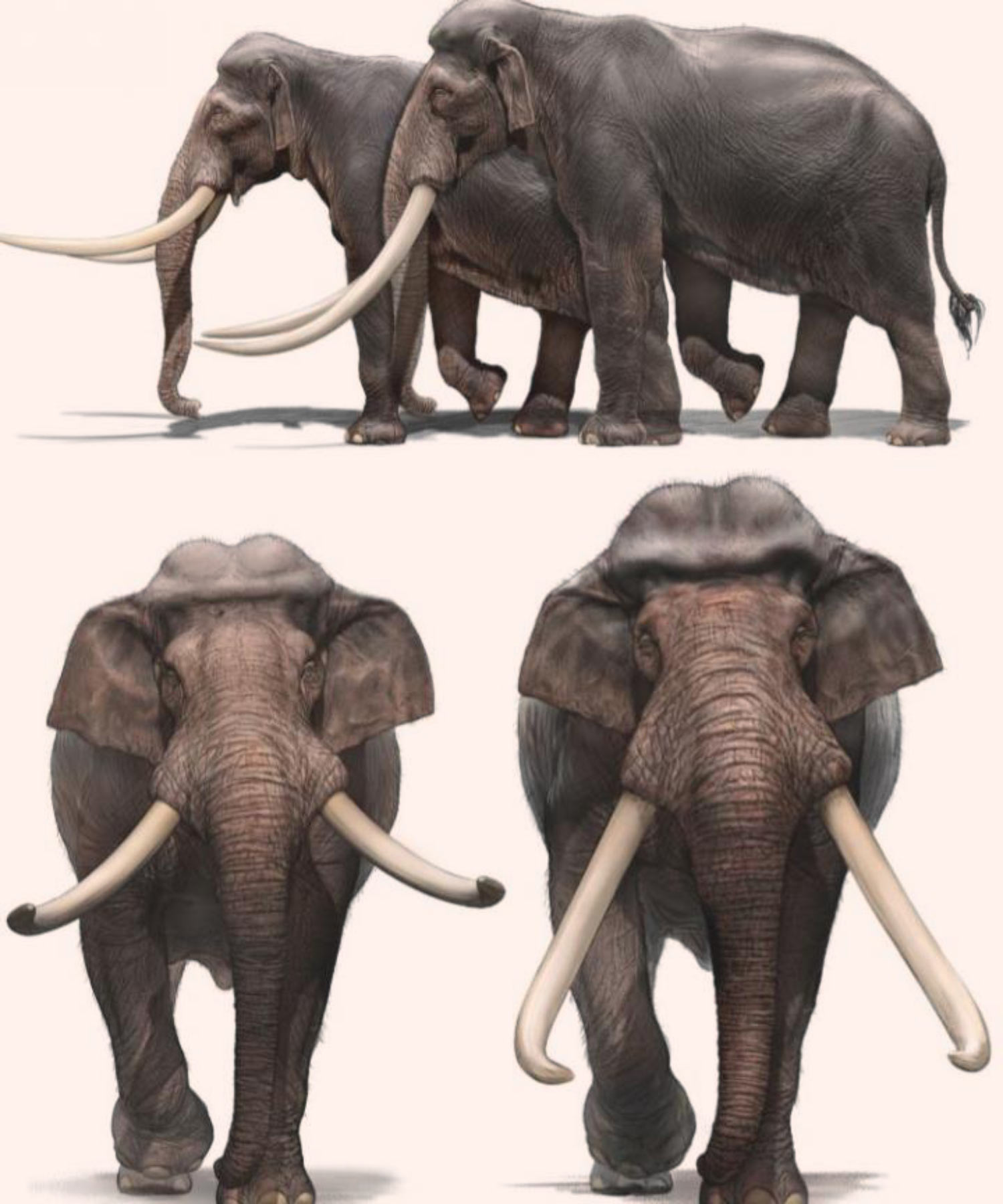
“During the archaeological excavation we conducted here a few years ago, we found some elephant bones – skull parts, ribs and teeth – along with flint artefacts , such as scale tools, hand axes and chopping tools used to process animal meat,” said Professor Ofer Marder of Ben-Gurion University and Dr. Ianir Milevski of IAA.
“The discovery of the tusk, separate from the skull and the rest of the body, raises the question: was the tusk the remains of a hunted elephant, or was it collected by settlers? local prehistoric people? Does the tusk have social or spiritual significance?
Previous ethnographic studies suggest that large groups of prehistoric humans hunted elephants in the area.
Professor Hershkovitz said: “The concentration of material remains – mainly stone tools – in the current excavation and at the site as a whole suggests that there were a significant number of people at this site during over a period of time and a lot of elephants were hunted.”
“In the hot and dry climate in our area, elephant meat cannot stay fresh for long, so many people must have quickly consumed it, perhaps this action contributed to the extinction of this animal species. in the area”.
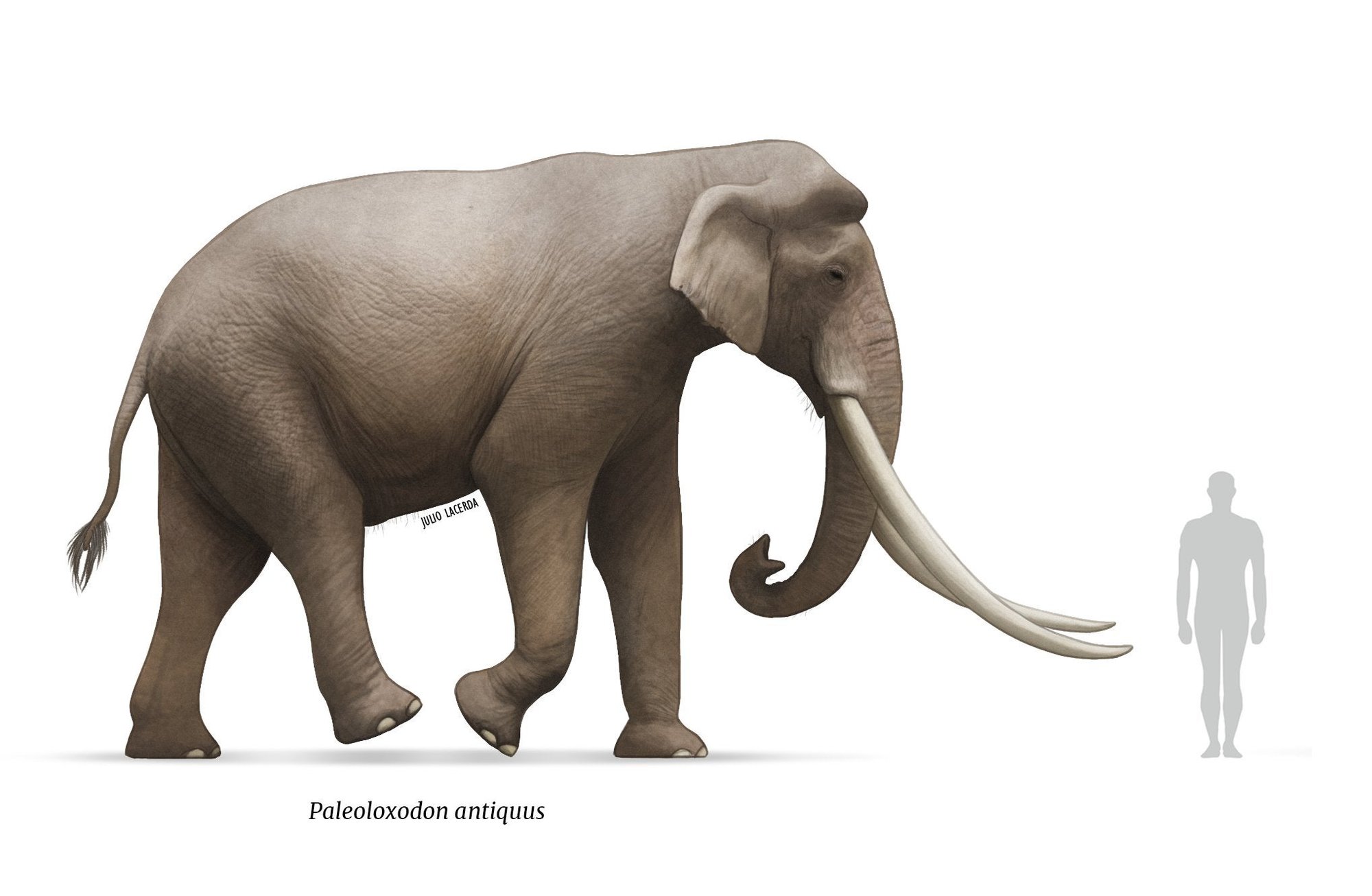
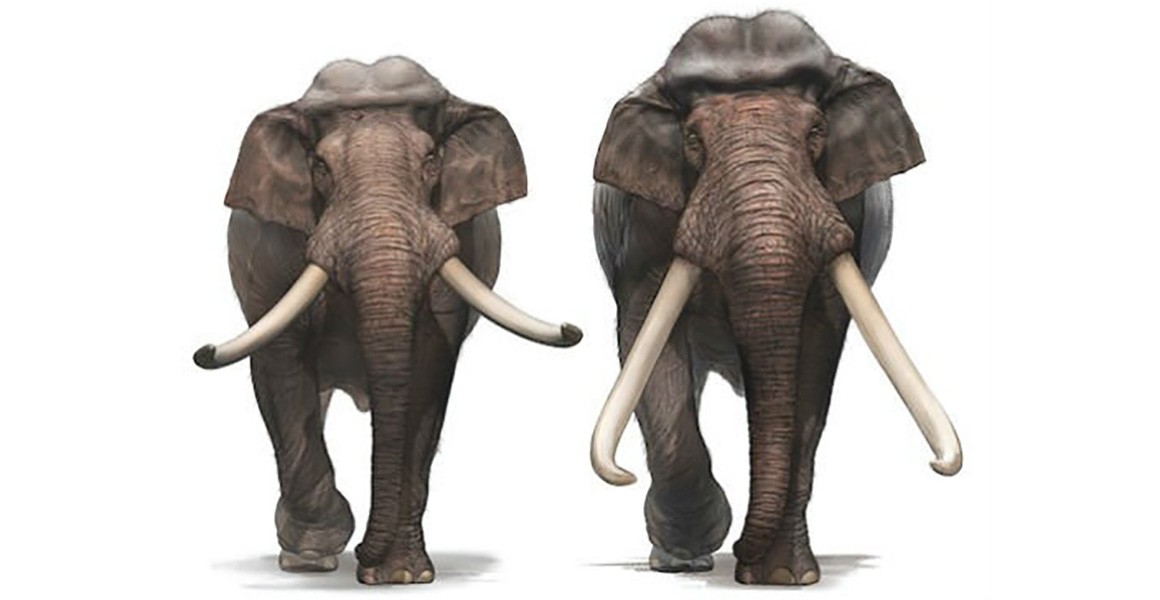
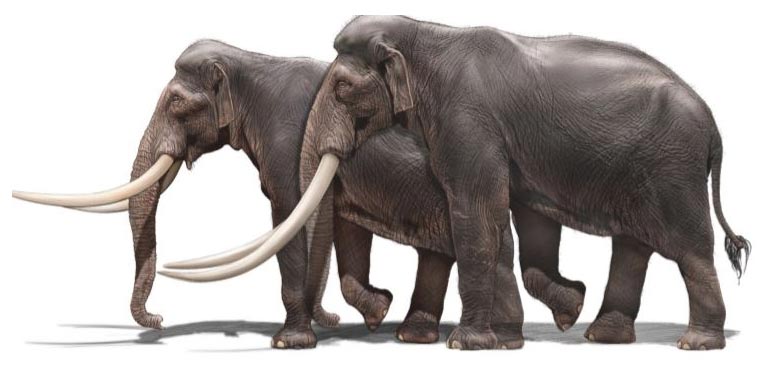
Reference: Sci News; ZME; Theconversation





